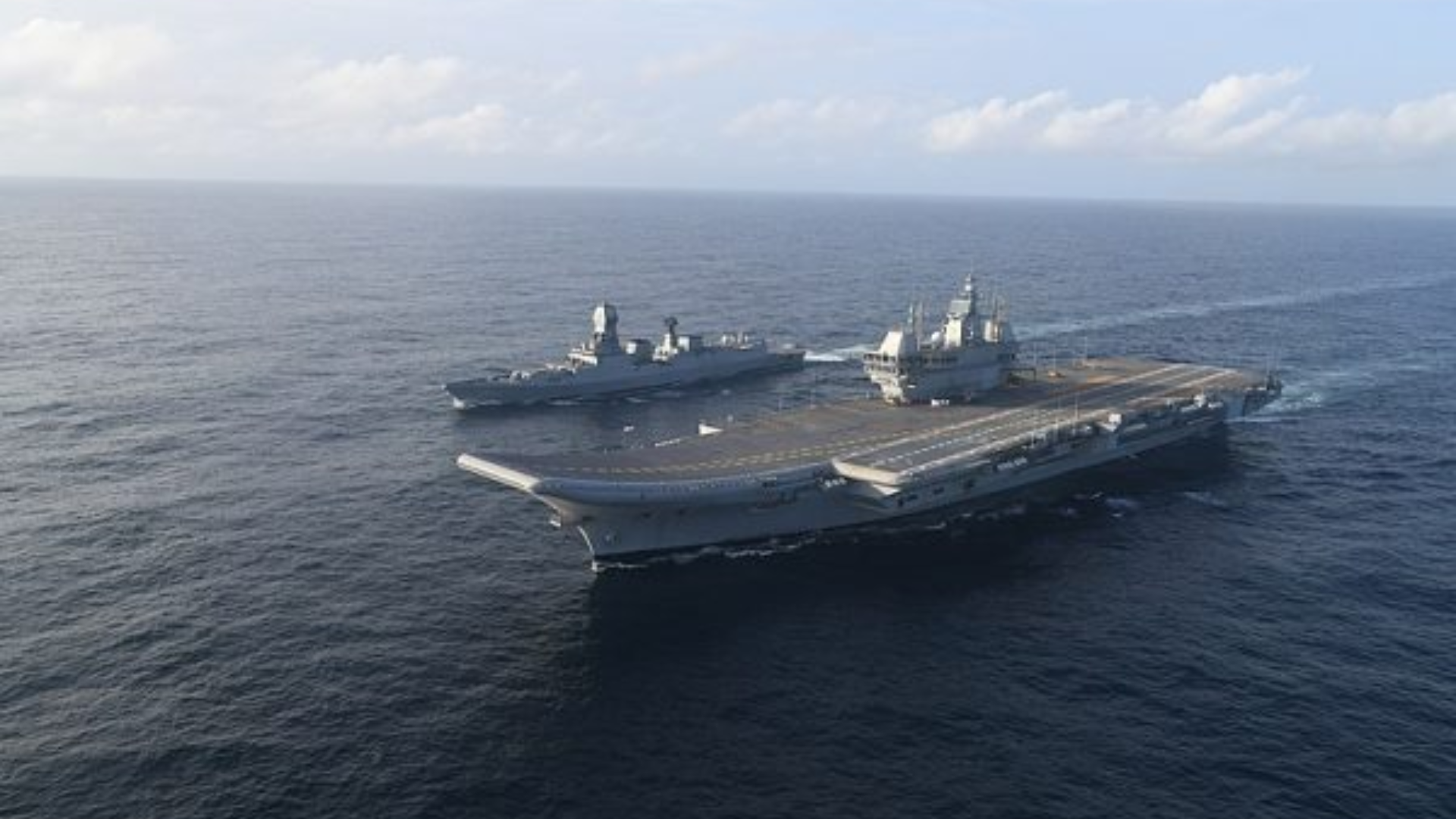
India’s quest for a larger aircraft carrier to bolster its naval capabilities faces challenges due to financial constraints and strategic considerations. The discussion around acquiring a carrier similar to China’s Fujian highlights the complex dynamics shaping India’s naval strategy.
One of the primary hurdles hindering India’s pursuit of a larger aircraft carrier is the substantial cost involved. Estimates suggest that a carrier in the league of China’s Fujian could cost India a staggering $7 billion for construction alone, with additional expenses for aircraft and operational readiness. Such high costs raise concerns amid competing defense priorities and budgetary constraints.
Building and operating a modern aircraft carrier demand expertise in naval engineering and logistics. India needs to navigate the complexities of developing advanced carrier technologies, including propulsion systems, electromagnetic catapults, and integrating carrier-based aircraft seamlessly. The intricate nature of these technologies poses challenges in terms of acquisition, training, and operational readiness.
The decision to acquire a larger carrier has significant strategic implications for India’s maritime posture and regional influence, especially in the Indo-Pacific region. With China’s assertive naval presence and evolving geopolitical dynamics, India must carefully assess the strategic advantages and challenges associated with a larger carrier fleet. Balancing power projection, deterrence capabilities, and regional stability forms a critical aspect of India’s naval strategy.
India’s defense budget must juggle multiple priorities, ranging from modernizing armed forces across domains to addressing cybersecurity and internal security challenges. Allocating substantial resources to a mega-project like a large aircraft carrier requires a pragmatic assessment of long-term defense needs, operational effectiveness, and fiscal sustainability.
As of now, India’s deliberations on its aircraft carrier strategy reflect a nuanced approach that considers financial realities, technological advancements, strategic imperatives, and operational necessities. While the aspiration for a robust naval fleet is evident, the path to acquiring a larger carrier involves navigating a complex terrain of challenges and opportunities, shaping India’s maritime capabilities in the years to come.